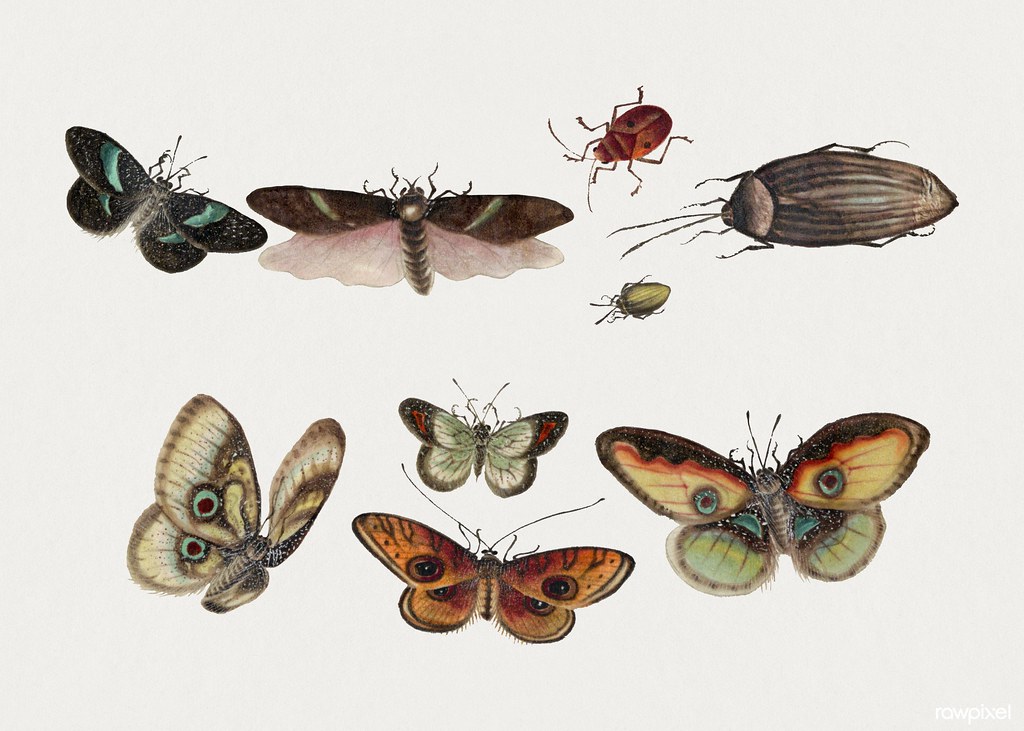In the fascinating world of poultry farming, where nutrition plays a crucial role in the well-being and productivity of our feathered friends, there is a hidden hero that often goes unnoticed – insects. Yes, you read that right! These tiny creatures, often dismissed as mere pests, actually take center stage when it comes to revolutionizing the poultry diet. From their protein-packed bodies to their remarkable nutrient profiles, insects have proven themselves to be an essential source of sustenance for our beloved flocks. So, let us delve into the captivating role these minuscule marvels play in enhancing the health and productivity of poultry
.
Harnessing the Nutritional Potential of Insects: Exploring the Benefits for Poultry Health and Growth

Unlocking the incredible nutritional potential of insects holds promising rewards for the poultry industry. Here’s how incorporating insects in poultry feed can benefit the health and growth of these feathered friends:
- Improved protein intake: Insects are a rich source of essential amino acids, enhancing poultry diets with high-quality protein.
- Enhanced immune system: The unique bioactive compounds found in insects can bolster the immune system of poultry, reducing susceptibility to diseases.
- Promoted growth and weight gain: The optimal amino acid profile in insects contributes to enhanced growth rates and increased weight gain in poultry.
- Environmentally sustainable: Harnessing insects as a feed source requires fewer resources and produces fewer greenhouse gas emissions compared to traditional poultry feed ingredients.
- Economical alternative: Incorporating insects in poultry feed can be a cost-effective solution, reducing reliance on costly protein sources and improving overall profitability.
By tapping into the nutritional potential of insects, we can revolutionize the poultry industry while promoting sustainable practices. Embracing this innovative approach paves the way for a healthier, more efficient, and economically viable future for poultry farming. Give your poultry the edge they deserve!
Maximizing Insect Incorporation in Poultry Feed: Practical Strategies and Considerations

Alternative Protein Source: Insects are rich in protein and can be a valuable substitute in poultry feed.
Insect Farming: Exploring insect farming methods, such as black soldier fly larvae production, can provide a sustainable and cost-effective solution.
Quality Control: Ensuring the incorporation of insect-based ingredients meets quality standards and nutritional requirements for poultry health.
Economic Feasibility: Assessing the economic viability of insect inclusion in poultry diets and calculating potential cost savings.
Palatability and Acceptance: Studying poultry’s acceptance of insect-based feed and implementing strategies to enhance taste and acceptability.
Environmental Benefits: Highlighting the positive environmental impact of reducing reliance on traditional feed sources through insect utilization.
Research and Innovation: Encouraging further studies to optimize insect incorporation, innovate production techniques, and develop novel insect-based feed formulations.
Wrapping Up about The Role of Insects in Poultry Diet.
In conclusion, insects play a crucial role in the poultry diet, offering a wide range of benefits to both the birds and the farmers. These tiny creatures are a natural and sustainable source of essential nutrients, helping to improve the overall health and well-being of poultry. From boosting growth and immunity to enhancing egg production and quality, insects provide a cost-effective and environmentally friendly alternative to traditional feed. Their inclusion in the poultry diet also supports the concept of circular economy, reducing waste and promoting a more sustainable food system.
Furthermore, the utilization of insects in poultry feed presents an opportunity for farmers to diversify their income streams and expand their businesses. Insect farming can serve as a lucrative venture, with the potential to supply the ever-growing demand for alternative protein sources in animal feed. This emerging industry not only fosters innovation but also promotes agricultural resilience by decreasing reliance on traditional feed sources that may face future supply chain challenges.
As we continue to explore new ways to meet the global demand for animal protein, the role of insects in poultry diet becomes increasingly significant. With their remarkable nutritional profile and numerous ecological benefits, insects prove to be a game-changer in the realm of poultry farming. Let us embrace this unconventional but promising direction, unlocking the full potential of these little creatures.
